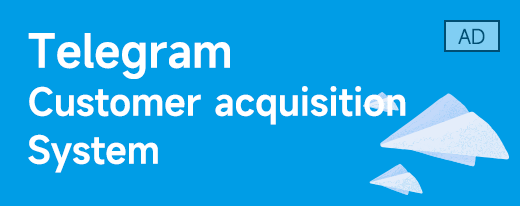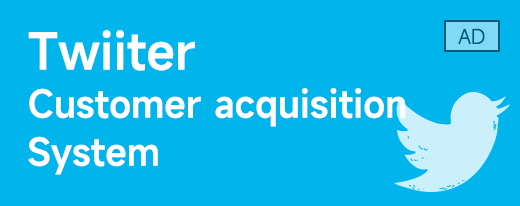How to run Airbnb well and do
one.User growth
Observing the monthly user growth curve, we can find that inBefore 2011, the growth curve was relatively stable, and the user conversion rate at this time was between 55% and 65%. After 2012, the number of registered users increased exponentially, but the conversion rate was observed to show a clear downward trend. After July 2012, the conversion rate did not exceed 45%, which was far lower than the initial peak of 65%. This phenomenon may have the following reasons:
1. Similar competing software began to appear on the market, causing the conversion rate to decrease.
2. Operations and channels may attract a large number of inappropriate users, resulting in a user conversion rate that is not high enough.
3. The product itself is not prepared for the rapid expansion period, and incomplete products cannot attract users.
There is a seasonal pattern in the growth of new users: every yearThere will be a small peak in growth from July to October. Since homestay short-term rental itself is a tourism-related product, it is speculated that this growth may be due to the long days and short nights in the northern hemisphere from July to October, which is the peak travel season with suitable temperatures. There is also a seasonal pattern in the user conversion rate. There will be a small peak around March every year. Considering that there are no holidays around March and the weather is not suitable, it is speculated that this may be due to users planning travel in advance, or it may be due to cyclical operating strategies.
2. Marketing channels
1) Number of registered users
excludeExcept for direct (which I personally understand as directly opening a webpage or downloading from an app store), the top ten channels with the number of registered users and their corresponding conversion rates, with the exception of content-google, have conversion rates greater than 30%, and the overall conversion situation is good.
2) Channels and marketing methods
Filter out registered users with more than100 marketing channels and marketing methods, and the corresponding number of registered users and conversion rate. The conversion status of each channel can be analyzed based on channels, and the conversion effects of each marketing method in different channels can be analyzed based on marketing methods.
Analysis is conducted based on channel classification:
● Direct and Google channels account for more than 80% of the total number of registered users, which is in line with the 80/20 rule.
● Direct channels account for the vast majority of registrations. It is speculated that they open Airbnb directly after learning information through other channels or advertisements.
● The conversion rate of most channels is above 30%, and the overall performance is relatively good.
● The conversion rate of gsp channel is less than 10%, and the conversion rate of meetup, facebook-content, google-content, and email-marketing are all less than 20%.
Analysis is conducted based on marketing methods:
● The conversion rate of most marketing methods is higher than 30%. Among them, the conversion rate and number of new recruits of three marketing methods: direct, sem-brand, and sem-non-brand are relatively high.
● The conversion rate of content marketing method in all channels is less than 20%. In particular, the number of registered users of google-content has reached 2892, but the conversion rate is only 15.59%.
● In the Google channel, the three marketing methods of sem-brand, sem-non-brand, and seo cover 90% of registered Google users, of which sem-brand accounts for about 50%, and seo achieves the highest conversion rate of 48.13% in the Google channel.
Operational suggestions:
● It can be combined with user equipment to increase investment in channels and marketing methods with high registered user numbers and conversion rates, such as google-sem and google-seo.
● For channels and marketing methods with conversion rates exceeding 40%, direct, google-seo, google-sem-non-brand, facebook-seo, and craigslist can be considered to increase product exposure to acquire more new users.
● In view of the low conversion rate, consider reducing the content method or changing the delivery content, and consider canceling the meetup.
3) Marketing content
excludeExcept for untracked (untracked), it can be found that the number of registered users of linked and omg is very close. Linked’s conversion rate is 43%, which is 6% higher than omg’s conversion rate of 37%.
althoughThe conversion rate of marketing is 45%, but the number of registered users covered is far less than 1%. The conversion rate and number of registered users of local ops are very low.
4) Marketing content and marketing channels
Cross-analyze the two channels with the highest user registration volumeIn direct and Ggoogle, excluding untracked (untracked), the conversion status of different marketing content.
It can be seen from the visualization results:
● Linked and omg are the two marketing contents that users are most exposed to. Among the direct channels, the number of users of linked is much higher than that of omg. The opposite trend appears in the Google channel. The number of users corresponding to omg is much higher than that of linked. This may be due to the different amounts of different advertising content in the channel.
● Comparing the two different channels of Google and Direct, the conversion rate of Linked is 1% higher than Direct in Google, the conversion rate of OMG is 6.6% lower than Direct in Google, and the conversion rate of Marketing to Direct is 48%, which is much higher than Google's 20%.
Operational suggestions:
Since the exposure time and number of exposures of advertising in different channels are unknown, we can only recommend paying attention toThe conversion rate of omg content in Google, and the conversion rate of different content in each channel combined with the advertising situation, keep a constant eye on.
数҈字҈星҈球҈͏









